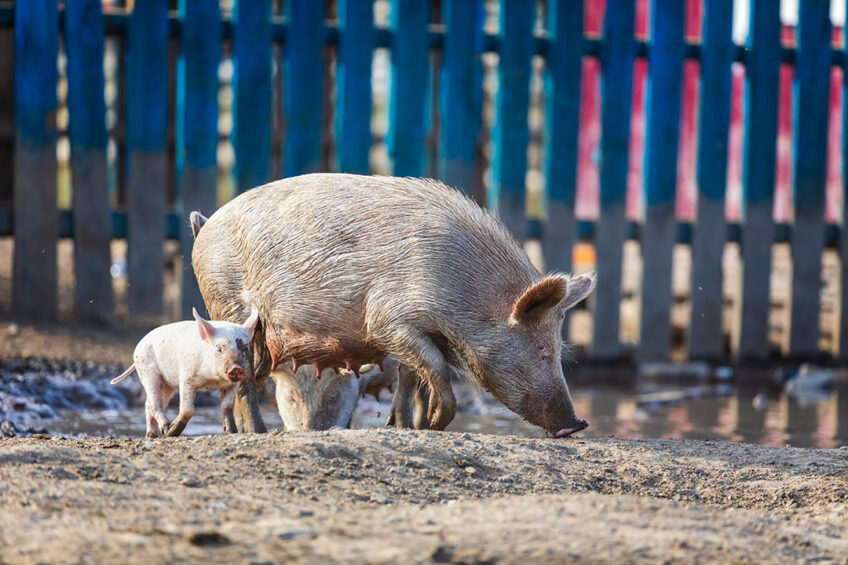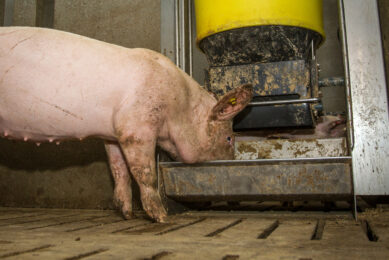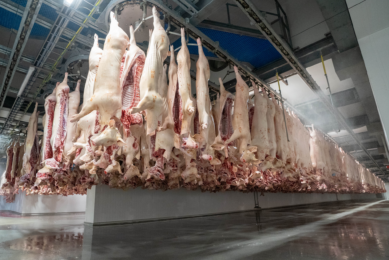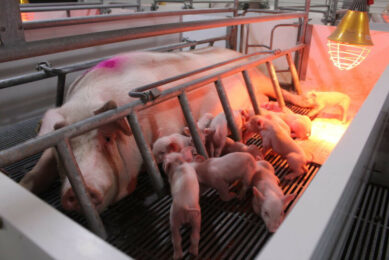Russian investors to open first pig farm in Mongolia

Russian agricultural holding SibAgro rolled out plans to build a pig farm in Mongolia to sell finishers to local customers.
With a planned output of 18,000 tonnes per year, the farm is designed to grow piglets imported from SibAgro’s East Siberian pig farm in Russia’s Buryatia republic. The company has already signed an investment agreement with the Mongolian government and is working on finishing the farm’s design documentation. “Our territorial proximity to the borders of this country makes shipping animals fast and safe,” Yulia Shishkina said. She is a branch director of SibAgro.
Springboard
The farm is expected to become a springboard for SibAgro to expand its presence in the Asian markets. The company said it eyed the Chinese market and those of other countries in Southeast Asia. SibAgro has not disclosed the project’s timeline or the investment costs.
In 2022, SibAgro disclosed that the East Siberian pig farm expanded its presence in the Mongolian market during the previous years. The farm started exporting pork to Mongolia in 2017 and delivered 10,000 tonnes of pork in total, Shishkina estimated. Every year, the supplies have been growing, and the company intended to pick up the pace, she added.
A logical move
Launching pig farms abroad is a logical solution for Russian companies as it allows them to avert Western sanctions. Konstantin Korneev, executive director of Rincon Management, a Moscow-based think tank, explained about that strategy in local publication Agroinvestor. “The establishment of extraterritorial projects in friendly countries is an organic solution for many Russian companies,” Korneev said, describing this as a win-win solution since Russian farms could help other countries improve their food security. It should also contribute to a further rise in Russian pork exports. “It would be good if Russian banks and financial institutions supported such projects when implemented abroad.”
Mongolia is a good start
Mongolia is characterised by low population density and the absence of centralised developed retail, Korneev continued. Another advantage is an absence of religious restrictions for building pig farms, unlike, for example, Uzbekistan and Kyrgyzstan, where such activity is prohibited by Islamic traditions. On the other hand, Korneev pointed out logistic issues, as live animal delivery and storage to Mongolia will be associated with relatively high costs.
A low concentration of pig farms in Mongolia would be beneficial from the point of view of biological safety, Korneev added.











